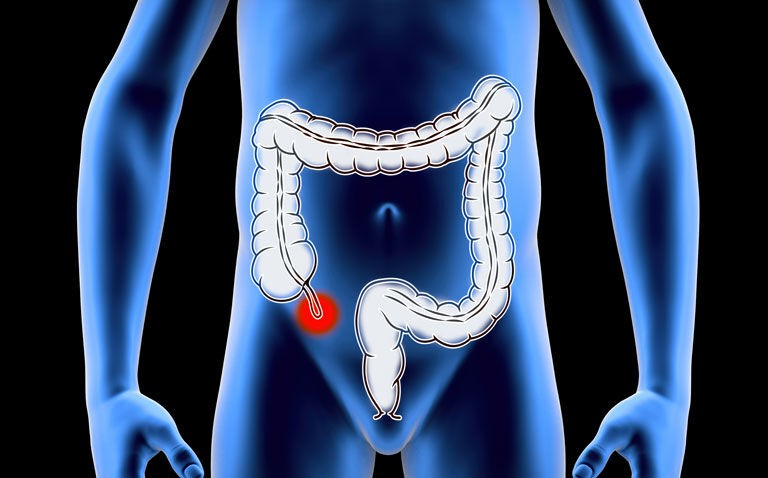The use of ultrasound has been found to have a high sensitivity and specificity for the initial diagnosis of acute appendicitis within an ED
Using ultrasound within an emergency department is both a sensitive and specific imaging modality for the diagnosis of patients with acute appendicitis. This was the conclusion of a retrospective study by researchers from the Department of Emergency Medicine, Inselspital University Hospital Bern, Bern, Switzerland.
Acute abdominal pain accounts for between 7 and 10% of all Emergency Department (ED) visits. Furthermore, in a retrospective review of 2222 patients with acute abdominal pain who underwent contrast enhanced CT scanning within 24 hours after admission, acute appendicitis accounted for 15.9% of all cases.
The diagnosis of acute appendicitis (AA) is crucial, particularly in older patients, with one study finding that among those older than 55 years of age, 29% had perforated appendicitis after 36 hours of symptoms and 67% between 36 and 48 hours of symptoms.
Moreover, another study identified a perforation rate among those with appendicitis of 16 % and revealed how the cause of perforation was mostly physician-related in children and adults. It is also important to reduce the incidence of negative appendectomy (NA), i.e., the non-incidental removal of a normal appendix as there are significant clinical and financial costs incurred by patients undergoing NA during the treatment of presumed appendicitis.
The gold standard imaging modality for AA is computed tomography (CT), which has been shown to have a pooled sensitivity and specificity for diagnosis in adults of 83% and 93% respectively. Though CT is the preferred diagnostic imaging technique, there are concerns over both irradiation (especially in children), access and the costs of the technique.
At the researcher’s hospital, the current practice is to initially use an ultrasound scan for a patient with suspected AA and where this is positive, the patient proceeds to surgery. In contrast, negative or uncertain scans are followed up with a CT scan.
For the present study, the team undertook a retrospective analysis to evaluate their current strategy. They collected all suspected cases of AA over a 2-year period and classified the outcome of the sonographic examination as either AA; normal appendix or inconclusive. The sonography results were compared to a gold standard of either the CT result or intra-operative or histopathological findings where CT scans were not used.
These results were then classed as a true positive and true negative where the ultrasound findings matched the gold standard and either a false positive or negative where the ultrasound diagnosis differed from the gold standard or finally, as inconclusive.
An additional factor analysed since it might relevant, was the type of sonographer and which was categorised as either a radiologist or an experienced or inexperienced emergency care physician.
Ultrasound and diagnosis of AA
A total of 508 patients with mean ages ranging from 31.3 to 44.9 years who were scanned were included in the analysis. The prevalence of AA in the whole cohort was 34% and among the 508 patients, 308 (60.4%) had a conclusive ultrasound examination.
The sonography was positive in 115 patients, of whom 103 (89.6%) had appendicitis based on the reference standard. The sonogram was read as negative for AA in 193 patients and 12 of these (6.2%) had AA based on the reference standard, i.e., were false negatives.
Overall, the results suggested that ultrasound had a sensitivity for AA of 89.6% (95% CI 82.1 – 94.3%) and a specificity of 93.8% (95% CI 89.1 – 96.6%).
For the remaining 200 patients who had an inconclusive ultrasound, 29% were ultimately diagnosed with AA.
Comparison of radiographers, experienced physicians and inexperienced physicians showed that the sensitivities were 90.3%, 90.9% and 87.5% respectively. For instance, inexperienced physicians reached a definitive conclusion in 48.1% of exams compared to 76% for their experienced colleagues.
Commenting on their findings, the authors suggested that while ultrasound was able to identify AA in a large number of cases, where it was inconclusive, 29% of patients were eventually diagnosed with the condition.
They concluded that while an initial ultrasound might be negative, further investigation was warranted given that 6% of cases were likely to be false negatives.
Citation
Lehmann B et al. Diagnostic accuracy of a pragmatic, ultrasound-based approach to adult patients with suspected acute appendicitis in the ED Emerg Med J 2022










